Castile y Leon DOs (Part I)
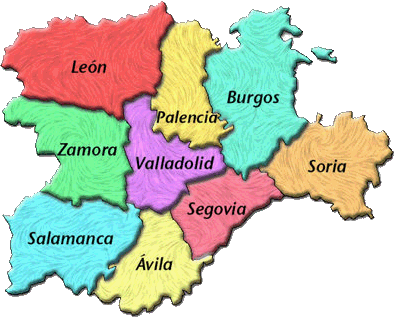
Castile and León (in Spanish, Castilla y León) is the biggest autonomous community in Spain. About 60% of Spain's artistic and cultural heritage is found in Castile and Leon, which translates into 8 properties that are part of the World Heritage, 112 historical sets, 400 museums, 300 castles (out of which 16 are considered to have a high historical value), 11 cathedrals and the biggest concentration of Romanic art in the world. This makes Castile and León a very rich community in cultural heritage and the perfect place to visit while in Spain if you want to learn Spanish history.
Salamanca deserves a special mention as the second most populated city of Castile and León. It's very famous for its University, which is the oldest active university in Spain. It was founded in the 13th century by Alfonso X of Castile and León and for a long time it was one of the most prestigious universities in Europe. Many foreigners study Spanish in Salamanca because it's said they have the best Spanish accent. The city of Salamanca was declared World Heritage Site by the Unesco in 1988.
DOs (designations of origin) of Castile and León
Wine making in Castile and León is avery old tradition which goes all the way back to the Romans, who were very appreciative of Spanish wines. Nevertheless, the real take off for wine in this region came with the arrival of the Catholic monks and priests in the 11th century. Castile and León has become one of the areas in Spain that holds the biggest varieties of wine, and also some of the better known designation of origin: from the cool white wines of Rueda to the potent red wines of Toro, Castilian wines are everything any wine lover would care for.
DO Arlanza
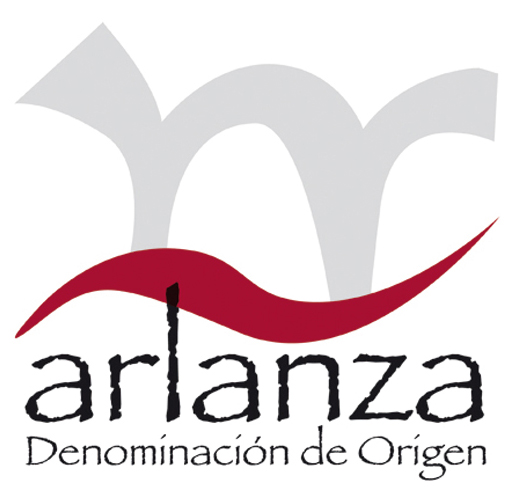
The DO Arlanza extends its vineyards from the southeast of Palencia to the west of Burgos. This area has a very varied relief, with rolling hills and sloping plains that house this DO's vineyards, planted at approximately 2100-2600 feet of altitude. The climate is Mediterranean with continental influences: the winters are very cold with subzero temperatures, but the summers are softer and dryer.
The DO Arlanza was established in 2007. Most of the Castilian wines produced by this DO are reds, but rosés are also allowed. The grapes used are Tinta del País, Mencía, Garnacha and Cabernet Sauvignon in reds; Albillo and Viura in whites. The red wines of this DO should be made with at least an 80% of Tinta del País (the rest should be all grapes from the red varieties) and have an alcohol content of at least an 11.5%. The rosés should have at least a 60% of Tinta del País and an alcohol content of at least 10.5%.
DO Arribes
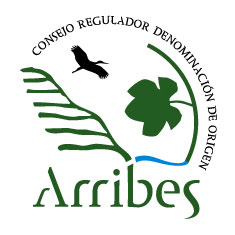
The DO Arribes lies in the northwest of the province of Salamanca and in the southeastern province of Zamora. Winemaking is a long standing tradition in this region, and it dates back to the Middle Ages. During the 19th century it became so popular that the vineyards took the fields were wheat was planted, and the economy became so dependent on it that during the phylloxera plague of the 19th century, most of the population emigrated to South America after losing everything to the plague. However, the region recovered and by the beginning of the 20th century the vineyards had been replanted with American grafts.
This area is marked by the deep valleys through which the Duero river and its tributaries flow, which create a microclimate of Mediterranean characteristics with Atlantic influences. In the plains, the climate is much more continental and the temperatures much more extreme. DO Arribes produces red, white and rosé Castilian wines, and the grape varieties allowed are Juan García, Rufete, Tempranillo, Mencía and Garnacha for the reds and Malvasía, Verdejo and Albillo for the whites. The types of wines they produce are the following:
- Crianza: Reds which have aged for at least 2 years, with a minimum of 6 months in oak barrel.
- Joven: Reds produced mainly with the Juan García, Rufete and Tempranillo varieties.
- Rosé: At least 60% must come from the Juan García, Rufete and Tempranillo varieties. The rest can be either red or white grapes.
- White: At least 60% must come from the Malvasía variety, while the rest can come from any of the other two white varieties allowed: Verdejo or Abillo.
DO El Bierzo
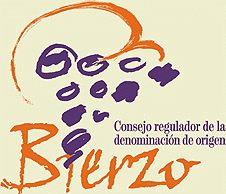
DO El Bierzo is in the northwest of the León province, in the valley of the Sil river. This designation of origin was established un 1989 and its vineyards enjoy a Mediterranean climate with Atlantic influences, which translates in soft temperatures without any extremes, mostly due to the influences of the rivers. This also means that the harvest can be done earlier in the year, unlike the designations of origin surrounding DO El Bierzo, which have to be harvested later in the year because the winter cold prevents the grapes from ripening earlier.
The main varieties of grapes are Mencía for the reds and Doña Blanca and Godello for the whites. Six different types of Castilian wines are produced in DO El Bierzo:
- White: No aging. Alcohol content between 10% and 13%.
- Joven: No aging. At least 70% must come from the Mencía variety. Alcohol content must be between 11% and 14%.
- Rosé: Produced with red grapes (at least 50% Mencía variety) or a mix of red and white grapes. Alcohol content must be between 11% and 14%.
- Crianza: At least 2 years of aging with a minimum of 6 months spent in an oak barrel.
- Reserva: Must spend 12 month in an oak barrel and another 24 in the bottle for a total of 3 years of aging. Whites and rosés must spend 6 months in an oak barrel and another 18 in the bottle for a total of 2 years.
DO Cigales
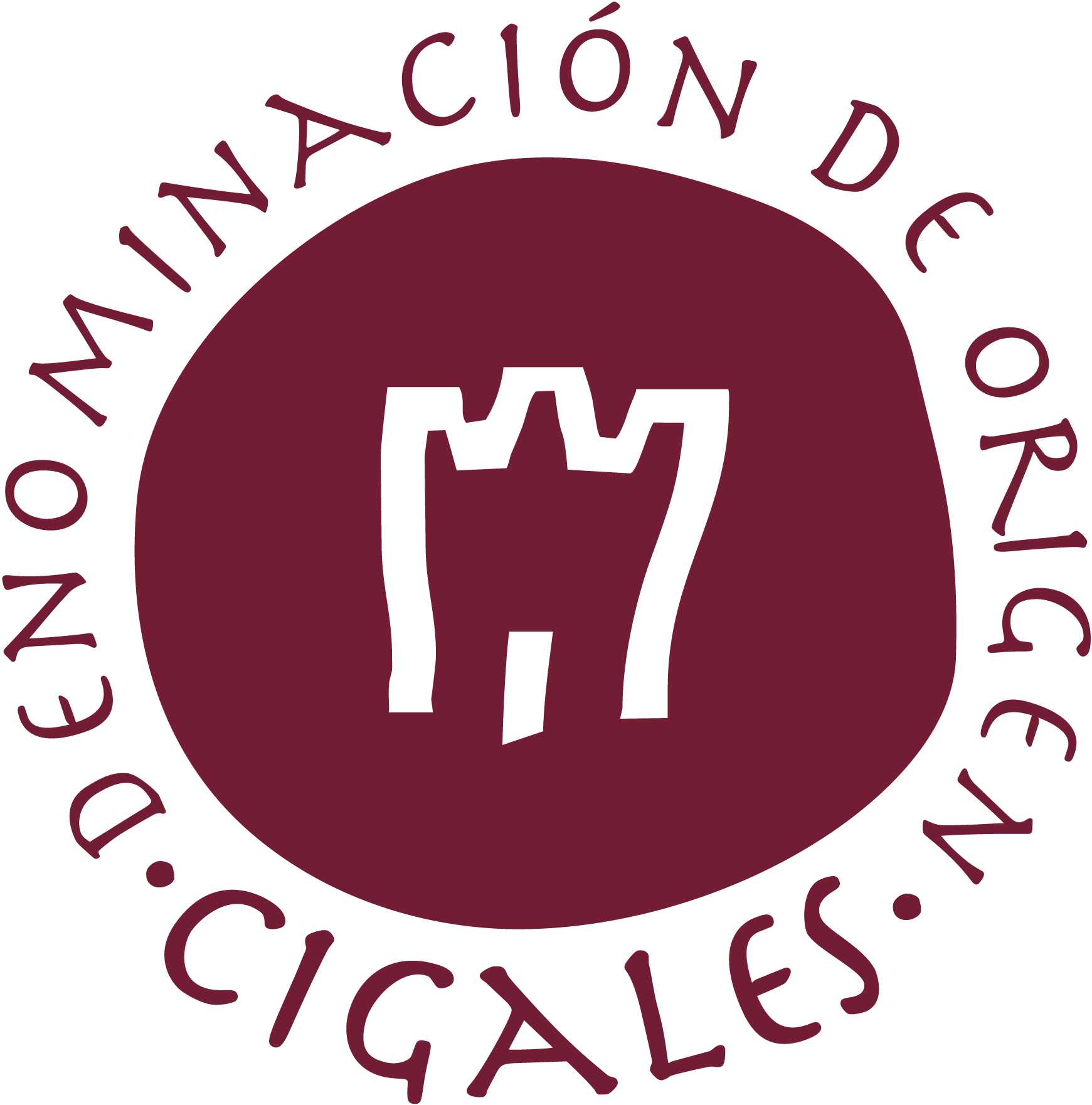
The DO Cigales was established in 1991, but wine making has been part of the day to day of this region from the 10th century. The designation of origin lies at the north of the province of Palencia and the south of the province of Valladolid, close to the Salamanca province, with the Pisuerga river snaking down the middle. The vineyards are planted at around 2500 feet of altitude and are affected by a continental climate with atlantic influences and great thermic variations from summer to winter and even during the day.
The grape varieties allowed are Tinta del País, Garnacha Tinta and Garnacha gris in red and Verdejo and Albillo in whites. The vines of Tinta del País occupy at leat 70% of the whole plantation, which makes it the most used variety. The types of wines in this DO are:
Reds: Must be produced with at least an 85% of Tinta del País and Garnacha Tinta. Alcohol content of at least 12%. Red wines from DO Cigales are classified as follows:
- Crianza: Must spend 1 year in an oak barrel. Available in the market 2 years after its production.
- Reserva: Must spend 1 year in an oak barrel. Available in the market 3 years after its production.
- Gran reserva: Must spend 2 years in an oak barrel. Available in the market 5 years after its production.
Rosés: Must be produced with at least 60% of Garnacha Tinta and 20% of white grapes of the allowed kinds. No aging. Alcohol content of at least 11%. The rosé wines from DO Cigales come in two varieties: Cigales nuevo and Cigales.
Spanish Wine History
Spanish Wine Regions and DO
Spanish Wine Tours
Top Spanish designations of origin
Best Spanish Wines
Spanish Wine Production
Spanish Wine Types
Spanish Grapes
Spanish Sparkling Wine: Cava
Sherry Wine
Spanish Wine Cocktails
Spanish Wines in the World
Spanish Wine Prizes
Enotourism
Spanish spirits and liquors
Argentina Wines
Chilean Wines
Other sites